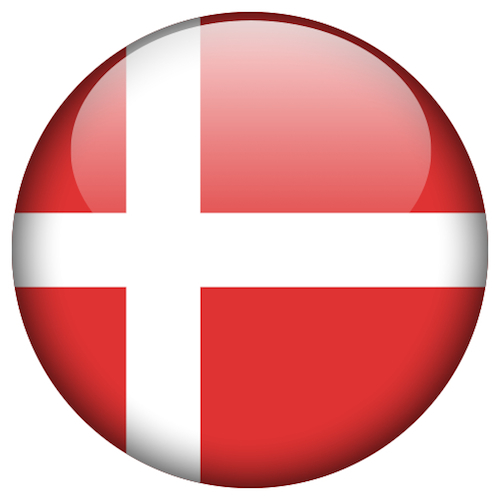Financial Results
Nordic Bank Recovers Slowly Despite Severe Income Decline

Despite reporting a net profit of DKK7.1 billion ($1.287 billion) for 2013, Danske Bank saw its total income decline 12 per cent to DKK40 billion, and private banking AuM soared.
Despite reporting a net profit of DKK7.1 billion ($1.287 billion) for 2013, Denmark’s biggest bank, Danske Bank, saw its total income decline 12 per cent to DKK40 billion, as lower net trading income and a fall in income from its insurance business Danica Pension hit the firm’s bottom line.
"The year 2013 was a time of progress for Danske Bank," said chief executive Thomas Borgen in a statement.
"We took steps to strengthen our position in the market, accelerated the execution of our strategy and contained costs. Our financial results improved, but they were still unsatisfactory," he said.
In 2013, the Danske Bank Group posted a profit before tax from core activities of DKK11.5 billion, while the DKK7.1 billion net profit, was a 51 per cent gain from 2012 and in line with the groups revised guidance.
"We still have a way to go to realise the full potential of Danske Bank, but we are confident that we are moving in the right direction," said Borgen.
The bank’s total expenses were DKK24.3 billion, which equals a 1 per cent cut from 2012, as the firm continues to execute large-scale cost-cutting initiatives. This publication has earlier reported that the firm is undergoing a significant change in strategy, which includes the rollback of large parts of its Ireland-based business. Read more on that strategy, here.
Customer satisfaction
Not surprisingly, the bank noted that customer satisfaction is below the target in all the group’s markets (Denmark, Finland, Sweden and Norway) except Northern Ireland and as such, “is currently unsatisfactory”. The bank said that “satisfaction levels differ from market to market, reflecting our varying positions and local developments”, and that as part of its strategy, it would focus on improving customer satisfaction significantly throughout 2014 and across its business units. As this publication has previously reported, Danske has seen a large-scale exodus of clients since the implementation of its new strategy in late 2012, which saw the bank pivot from focusing on retail, to higher-end, private clients.
Consequently, one of the few units not suffering from customer dissatisfaction is the firm’s private banking business, which saw its assets under management rise six per cent to DKK306 billion, as an increase in customer numbers significantly bolstered the division throughout 2013.
As a result of the cost-saving initiatives, Danske’s core tier 1 capital and total capital ratios were 14.7 per cent and 21.4 per cent at the end of 2013, meeting its capital ratio targets as early as in 2012. This has helped push the firm’s long-term rating back up to positive according to Moodys, following a downgrade to stable by Fitch Ratings and Standard & Poor’s in early 2013. As such, the firm said it aims “to improve its ratings by at least one notch in the short term”.
Finally, the statement revealed that Danske is expecting a net profit in the range of DKK 9-12 billion for 2014, hoping that its current cost efficiency and positive macro-economic trends will increase its earnings in the coming year.